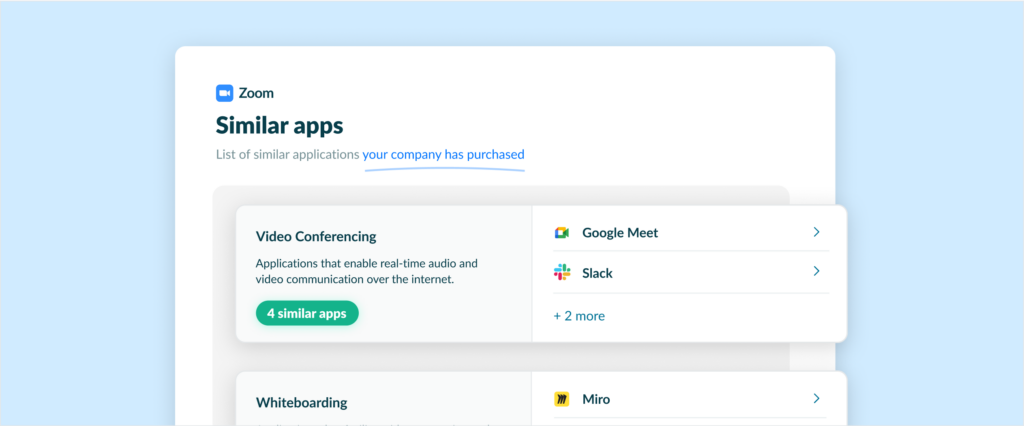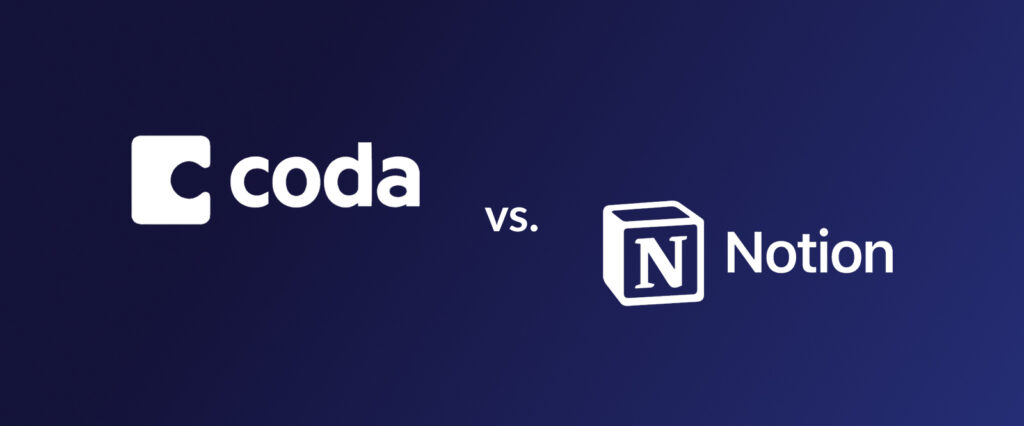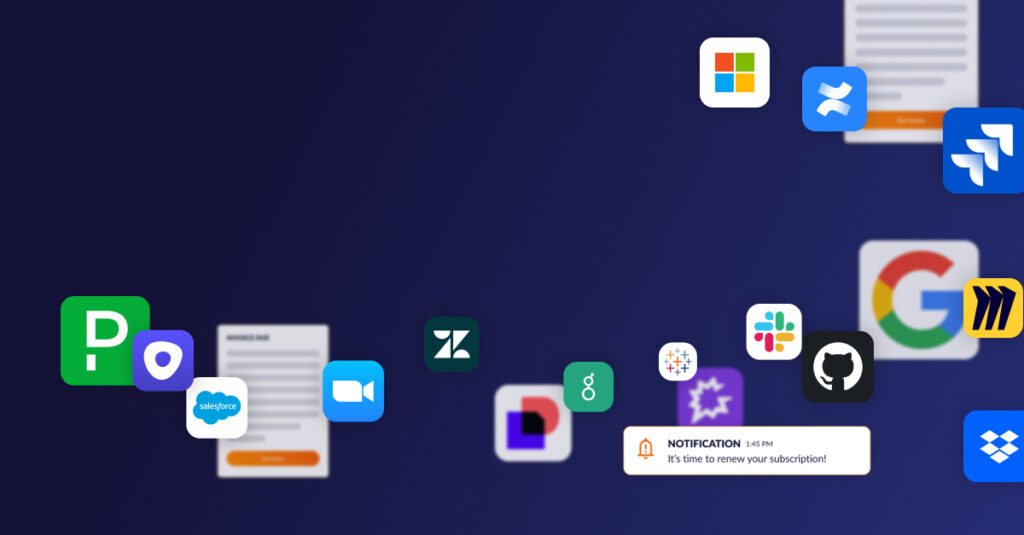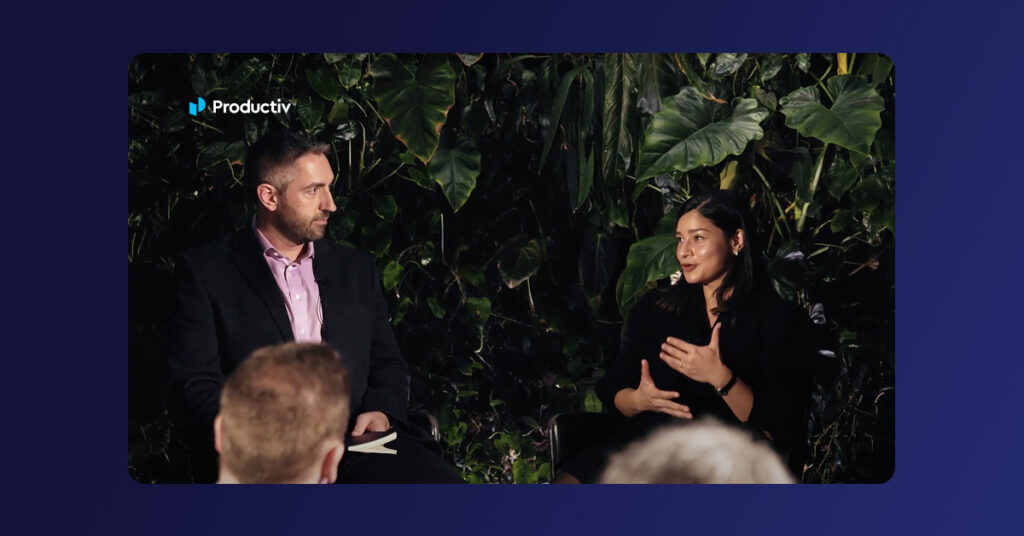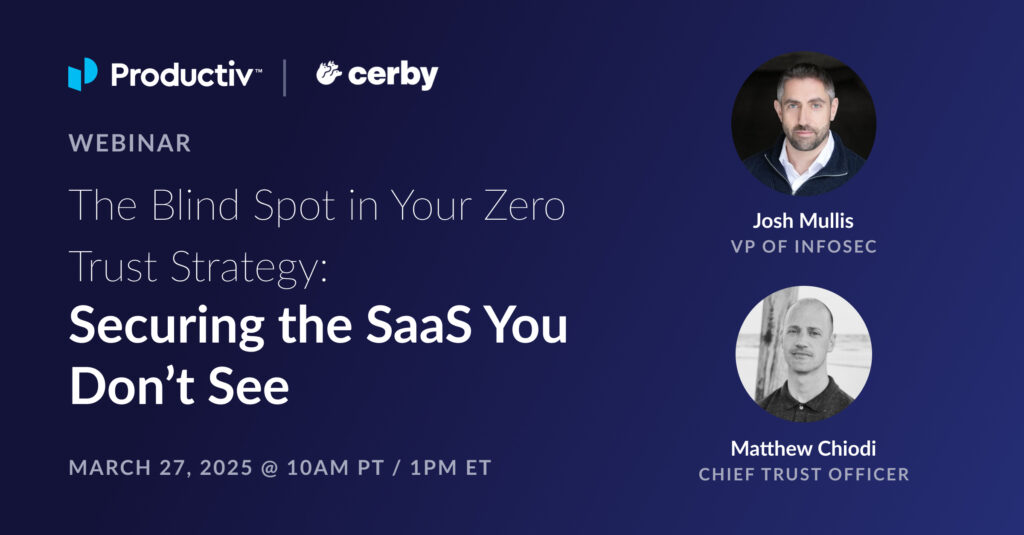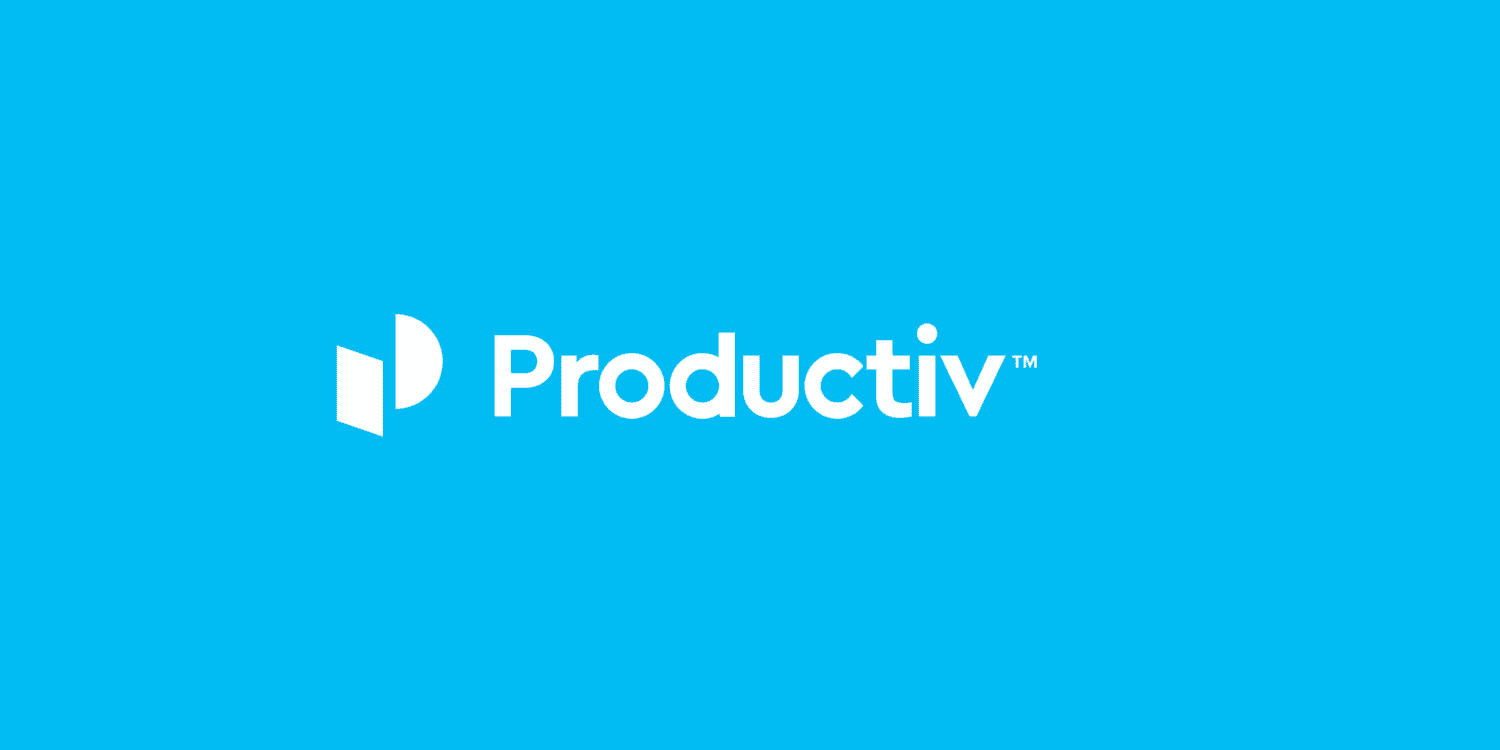
4 questions with Linda Chuan, Head of Strategic Sourcing & Procurement Operations at Box
Procurement’s role in the enterprise is undergoing a transformation as responsibilities shift from being a financial guardian to a strategic enabler. Today, procurement priorities focus largely on bringing in new technologies, processes, and best practices that will serve as operational strategies and allow organizations to grow and scale.
In a recent webinar, Linda Chuan, Head of Strategic Sourcing and Procurement Operations at Box, shares how she uses data to drive key procurement decisions and organizational outcomes.
1. Procurement isn’t really about cost control anymore. What do you define as the single most important role in procurement?
Linda: I think the greatest buzzwords among procurement teams right now are resilience and value. Procurement is expected to continue delivering value to the company, whether they’re acquiring a new company, getting acquired by another company, or even going through divestitures. I’ve been through all of the above, and I think it’s critical that procurement can shift with these changes and maintain relevancy under all conditions and circumstances.
To drive this value, I believe data provides the clearest route forward. Data provides transparency, which is extremely valuable to all of your collaboration partners. It allows you to look at the company as a whole rather than through siloes and individual functions. When you have these higher-level insights, you can improve strategic decision-making that will support the company’s goals.
2. How is Productiv SaaS management providing a level of transparency that creates organizational value?
Linda: Coming from a procurement lens, Productiv not only gives us insight into which tools are being used without emotion getting in the way, but also sends us notifications about renewals and contracts. This is a big piece of the procurement strategy puzzle, as it helps us to get ahead of the curve.
With Productiv, we can see usage rates that tell us whether a certain tool we procured was a good investment. We can see user adoption rates, as well as specifically how our people are using those tools at the feature level. Getting notified about upcoming renewal dates and other contract terms can also assist with budgeting and making decisions in key moments so we can address inefficiencies. I have found myself in so many situations where a contract auto-renews and we didn’t know about it, or a contract is set to renew in two days and we don’t have the team or resources needed to decide if that’s what we need to do.
When you have time, you have the runway to be strategic, and plan and negotiate with vendors instead of feeling forced to make a decision because your time is up and you need something now. Without enough time, you’ve lost all of your leverage and may not reach an optimal outcome. But if a tool isn’t serving us in the way that we need, we can procure something else that will fill those gaps if we have enough notice.
3. Box brings in many best-in-class technology solutions. What are your processes for adopting new solutions and how are you futureproofing them?
Linda: I am very blessed to be at a company that encourages best-of-breed technologies and allows me to test and review solutions and find ways to bring in better value than solutions we currently have or have tried in the past. That said, having a solid management system in place is of the utmost priority since I have my eye on growing and scaling and am always looking for new and better ways to do things.
Something that adds another layer of complexity to this process is that tools are being upgraded all the time. I love that we are not where we were 10 years ago in the technology space, where we had to install and execute software as-is. New upgrades happen on their own now, so this helps us stay current with new features that can keep adding value within the same solutions. We also have so many APIs to choose from, so this helps us to really customize our technology solutions and tools to help us stay competitive.
But it also means understanding how these features are serving us. To do this, it means understanding where the business is going in the short and long-term, and how the solutions you choose today may or may not support that business vision in the short and long term.
With that in mind, we work hand in glove with our IT department to review and manage our usage and needs. We rely on each other to understand the right-sizing aspect of technology procurement. In fact, some of our best “deals” on contracts are achieved through this collaboration. Productiv’s data transparency really helps us with this because it brings clarity to our decision making.
4. How is Productiv impacting your strategic vision of managing SaaS at scale and driving the future of work?
Linda: Data transparency has played a pivotal role in how we manage SaaS tools. I believe it gives organizations and teams more credibility when we go to the table to negotiate on terms and purchases. It gives us more leverage when we speak with department heads whether they really need a certain app or tool so that we as a company can maximize our spend power.
Knowing how to ask the right questions for the business comes a lot easier and more naturally when we have the right data to support those questions. We can look beyond individual siloes and functions and determine what’s best for the company as a whole. This is an impossible perspective to gain at the department level.
Final Thoughts
Linda Chuan agrees that one of the most important things a procurement professional can bring to the table is data. The second most important thing is the insight that accompanies data. Productiv enables Linda to bring both into procurement decision-making with confidence.
Say Goodbye to the SaaS Spreadsheet. Schedule a demo and see how Productiv can drive your strategic sourcing and procurement operations.
About Productiv:
Productiv is the IT operating system to manage your entire SaaS ecosystem. It centralizes visibility into your tech stack, so CIOs and IT leaders can confidently set strategy, optimize renewals, and empower employees.
Learn more today